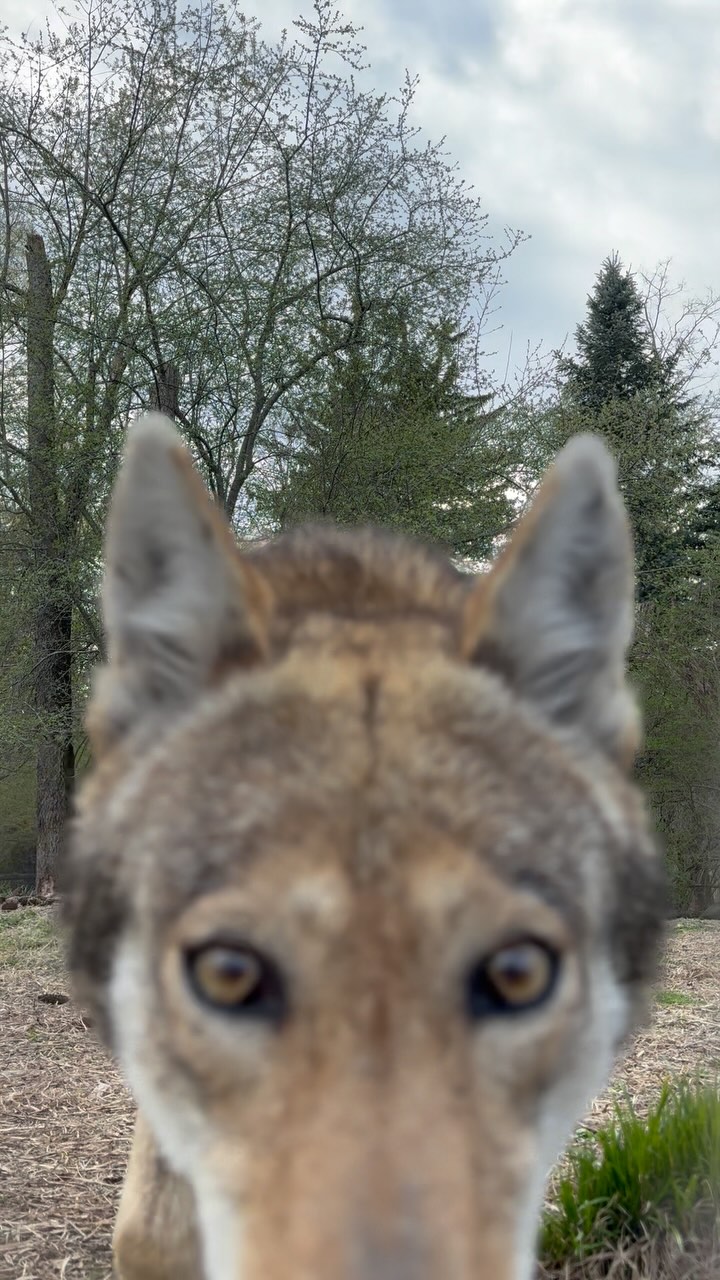- The significance of red wolves as a keystone species and their conservation status.
- Juno’s role in the preservation efforts at the Trevor Zoo and her contribution as a grandmother.
- The unique behavioral aspects of red wolves and the benefit of enrichment activities like games.
- The importance of zoos in wildlife conservation and how they provide for endangered species like Juno.
- The role of student involvement in conservation, highlighting efforts by student curators at the zoo.
The red wolf is a symbol of resilience and ecological importance in North America, yet it faces a precarious existence today. Once flourishing across the southeastern United States, the red wolf population dwindled to near extinction due to habitat loss, human encroachment, and hybridization with coyotes. Currently, with fewer than 300 remaining individuals, they are classified as critically endangered. Conservation efforts are critical, not only for the survival of this species but also because red wolves play a crucial role in maintaining healthy ecosystems as keystone predators.
At the Trevor Zoo, the red wolf conservation program plays a pivotal role in these efforts. Juno, one of the zoo’s esteemed red wolves, has become a vibrant symbol of hope and conservation success. She recently celebrated a significant family milestone: her daughter Flora gave birth to four puppies, making Juno a grandmother. This event is a testament to the dedicated work of the zoo in preserving the species. Each pup born represents a step towards bolstering the fragile population of red wolves.
Red wolves, by nature, exhibit fascinating behaviors which are essential for their survival in the wild. Social structures in packs, vocalizations, and hunting techniques are vital for red wolves. At the Trevor Zoo, Juno engages in enrichment activities, including games like catch, to stimulate her cognitive abilities and mimic natural behaviors. Such activities are not merely entertainment but crucial aspects of their care that enhance mental health and reduce stress in captive environments. These behaviors echo their instinctual roles in the wild, where teamwork and problem-solving are crucial for hunting and pack survival.
Zoos have evolved into central figures in conservation efforts globally. The Trevor Zoo exemplifies this role, providing not only refuge but also promoting genetic diversity through breeding programs like the one Juno is part of. The zoo creates a balance between education, conservation, and scientific research. Visitors can witness the splendor of red wolves up close, fostering a connection that promotes advocacy and awareness about their plight.
Much of the success at the Trevor Zoo can be attributed to the engagement of its dedicated staff and students. Head Student Curator Jamie Katis, for example, not only manages day-to-day aspects of animal care but also contributes by capturing engaging moments on video. This involvement of students is vital; it develops future leaders in conservation and empowers them with hands-on experience. Their work raises public awareness and generates support for conservation efforts.
As institutions like the Trevor Zoo champion the cause of red wolves, they illuminate broader issues of biodiversity and ecosystem health. The continued support and engagement are crucial for reversing the fate of the red wolf. Through collaborative efforts that involve zoos, conservationists, and the public, there lies hope for the red wolf lineage to prosper once more in the wild.
Educational initiatives integrated with conservation work form a bridge, sparking an enduring commitment to strive for a sustainable world. Every step in conservation, from individual animal care to ecosystem-wide initiatives, contributes to this vision. By focusing on both the immediate needs of individual wolves like Juno and the broader environmental challenges, conservation programs can foster a future where red wolves once again thrive across North America.
*****
Source Description
Red Wolf Juno gets special treats from our Zooies and plays a game of catch!
Juno became a grandmother one year ago when her daughter Flora gave birth to four critically endangered North American Red Wolves at the Trevor Zoo. With less than 300 red wolves surviving today, we are doing everything we can to ensure the future for this keystone species.
Video captured by Head Student Curator Jamie Katis ‘25.


